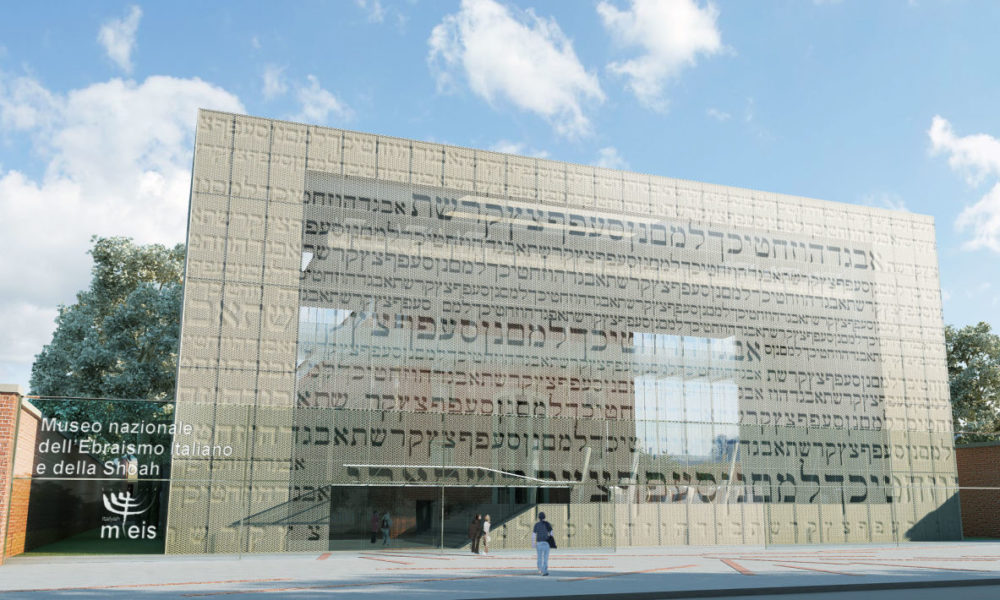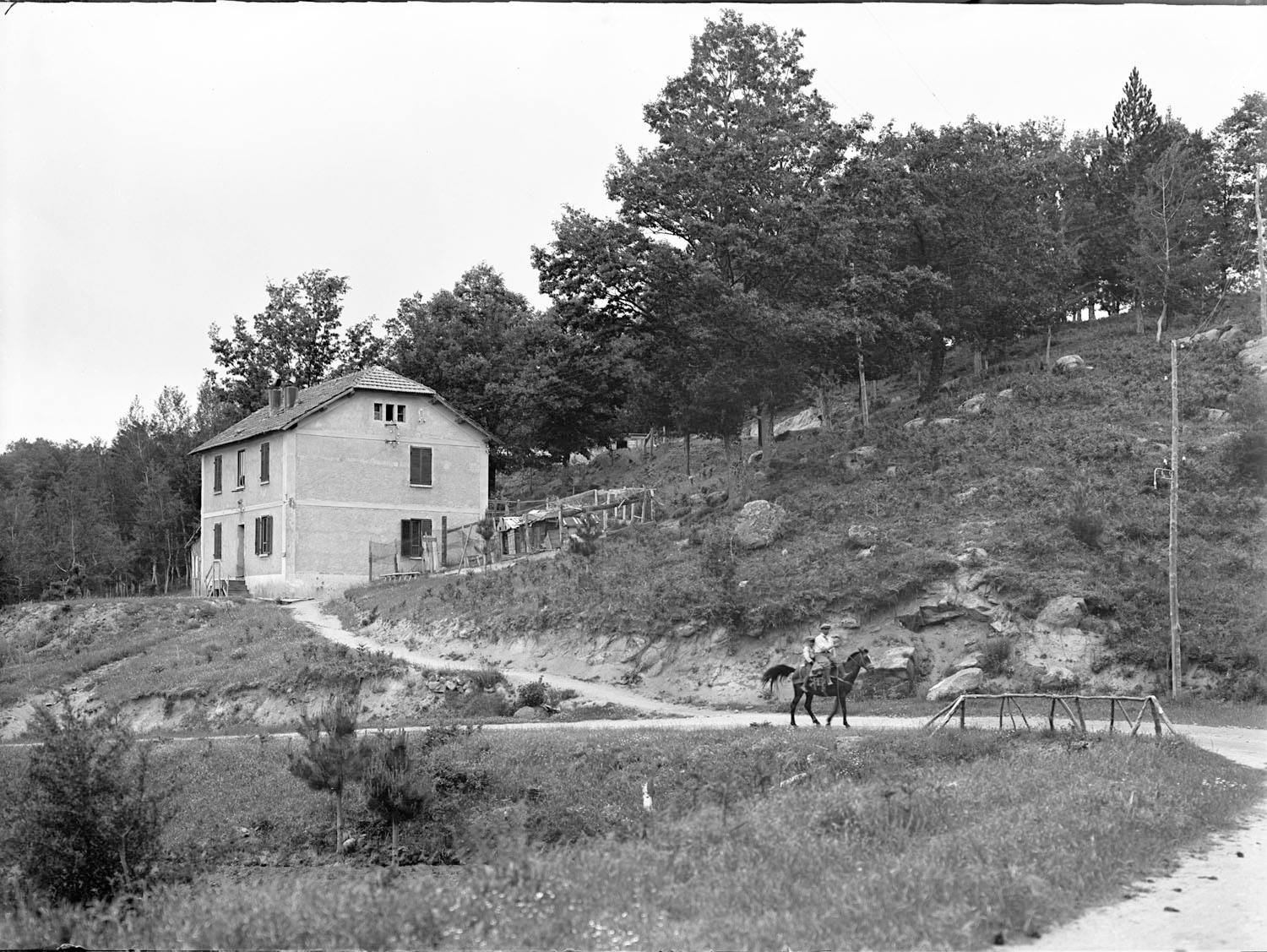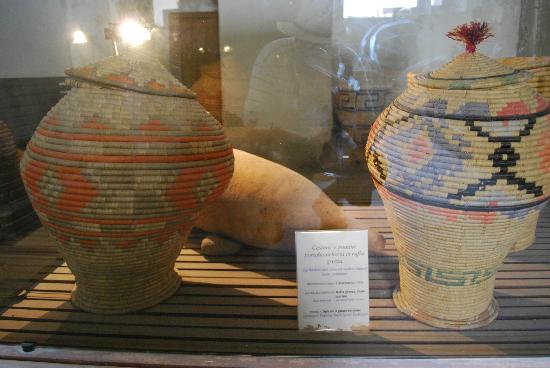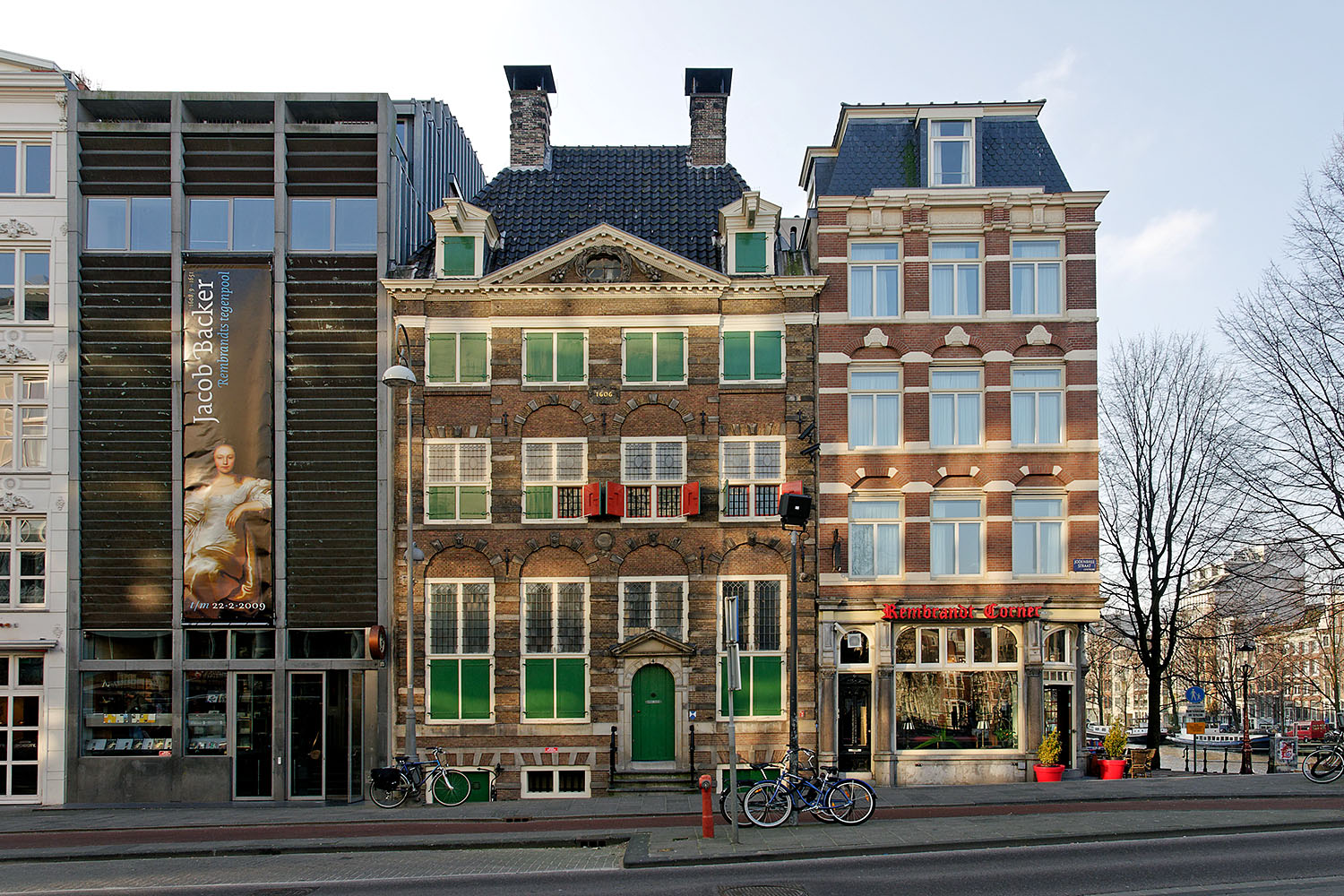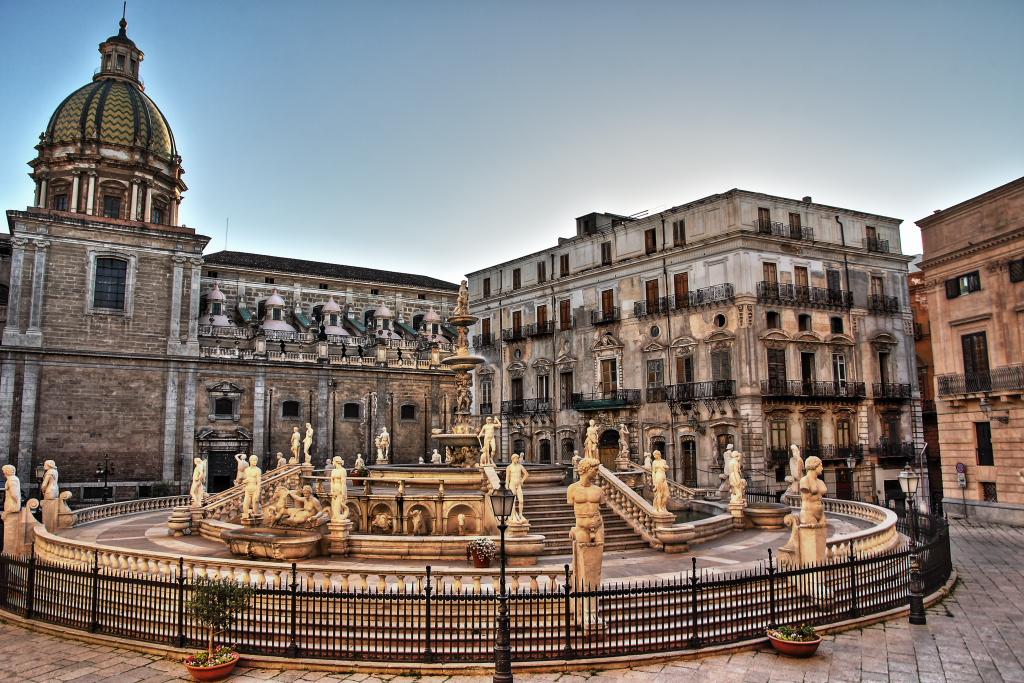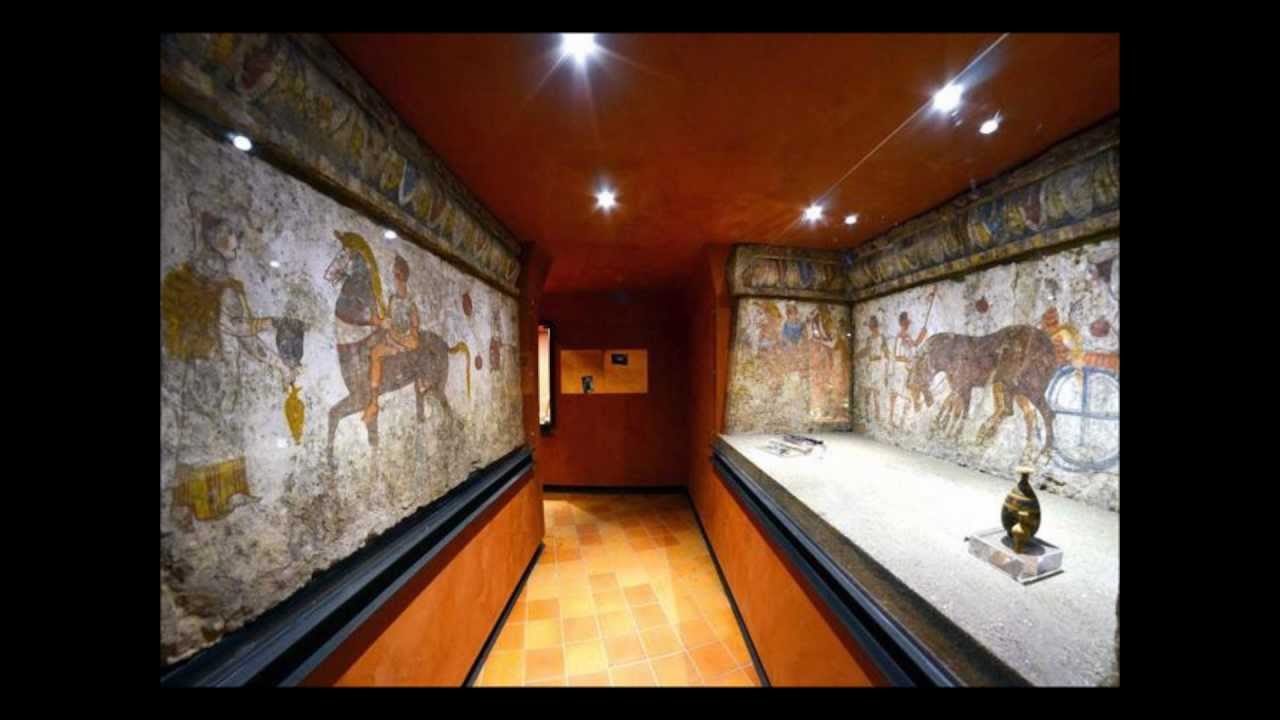MEIS National Museum of Judaism and the Shoah
Over two hundred objects, many precious and rare, including twenty manuscripts, seven incunabula and sixteenth century, eighteen medieval documents, mostly from the Genizah of Cairo (a significant archive of medieval Judaism rediscovered in the Egyptian capital), forty-nine Roman and medieval epigraphs and one hundred and twenty-one rings, seals, coins, oil lamps, amulets, little known or never exhibited before, lent by leading Italian and foreign museums. And an engaging exhibition itinerary, rich in images, reconstructions and experiences offered to the visitor.
Through five large divisions, the route identifies the areas of origin and dispersion of the Jewish people, retracing the routes of the diaspora and exile towards the western Mediterranean, after the destruction of the Temple. It documents their stay in Rome and southern Italy, speaks of migration, slavery, integration and religious intolerance, in relation to both the pagan and Christian world. This was followed by the flowering of the Early Middle Ages and then, in a political climate marked by the Lombard, Byzantine and Muslim dominations, by the emergence of an Italian Jewish culture, also in the north. Up to the Crusades, the massacres, the forced conversions that marked the German Jewish communities, while the Italian ones still enjoy a remarkable stability and relative coexistence with the surrounding environment, as testified by the Jew Beniamino da Tudela in his "Book of Travels".
